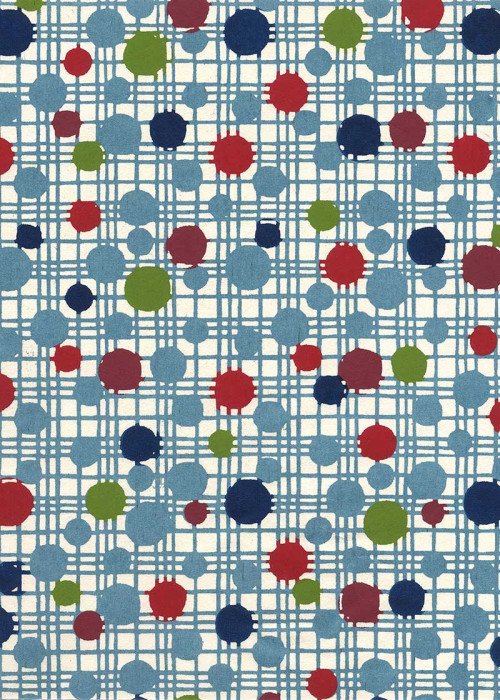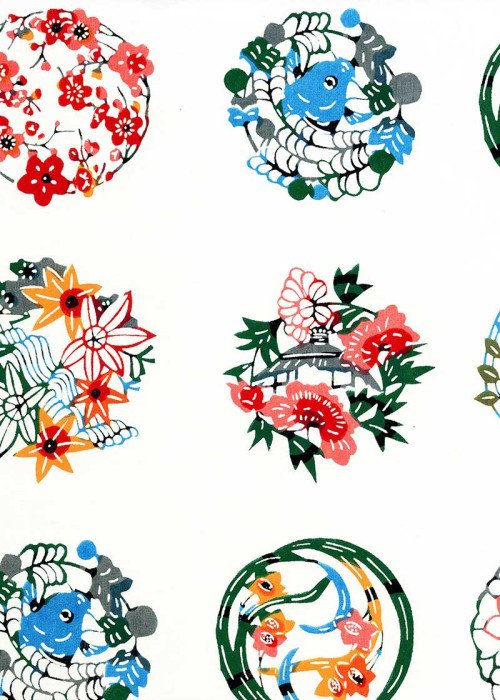Paper: Katazome-shi
-
"Katazome-shi" literally means stencil-dyed (katazome)papers (-shi). Developed during the 20th century in Kyoto, based on traditional kimono printing techniques, Katazome-shi is still made there today.
These richly coloured papers are printed by hand, one colour at a time, using persimmon-dyed kozo as the stencils, and aided by paste and "Kojiro" (soy bean juice), the pigments absorb deeply into the paper to produce long-lasting colour.
There are over 175 patterns, I only have a limited variety on hand.
Description courtesy The Japanese Paper Place - my supplier
The work involved in making these papers is incredible. Do a search on YouTube. You’ll likely find the process related to fabrics, but it’s the same for the paper. It’s simply amazing to see and really makes one appreciate these papers a whole lot more.
-
These papers are quite thick and as a result, the light able to pass through is cut down significantly. These papers are therefor best suited for their beauty as they do illuminate beautifully.
What I suggest is using this paper on one face only where possible, if it’s heavily covered with ink, call it a beauty face and using other more plain papers for the top, sides and back. This way the lantern or lamp is still able to illuminate the immediate surrounding space from the faces less heavily decorated. -
CAD$22 + shipping for custom papers.
Papers that are in stock - if only using on the front main face, cost is around $4
-
Here is a link to our suppliers catalog.
The slideshow contains the papers I currently have in stock, but please confirm first. Each paper has a unique number, by saving the image from slideshow you will find a number starting with CHY or WAZ, this is the paper ID. You can enter this into the search bar of the website link above, to find this paper and more.
Please note, all artwork shared here is copyrighted by the artist. Please respect their work, thank you.

















